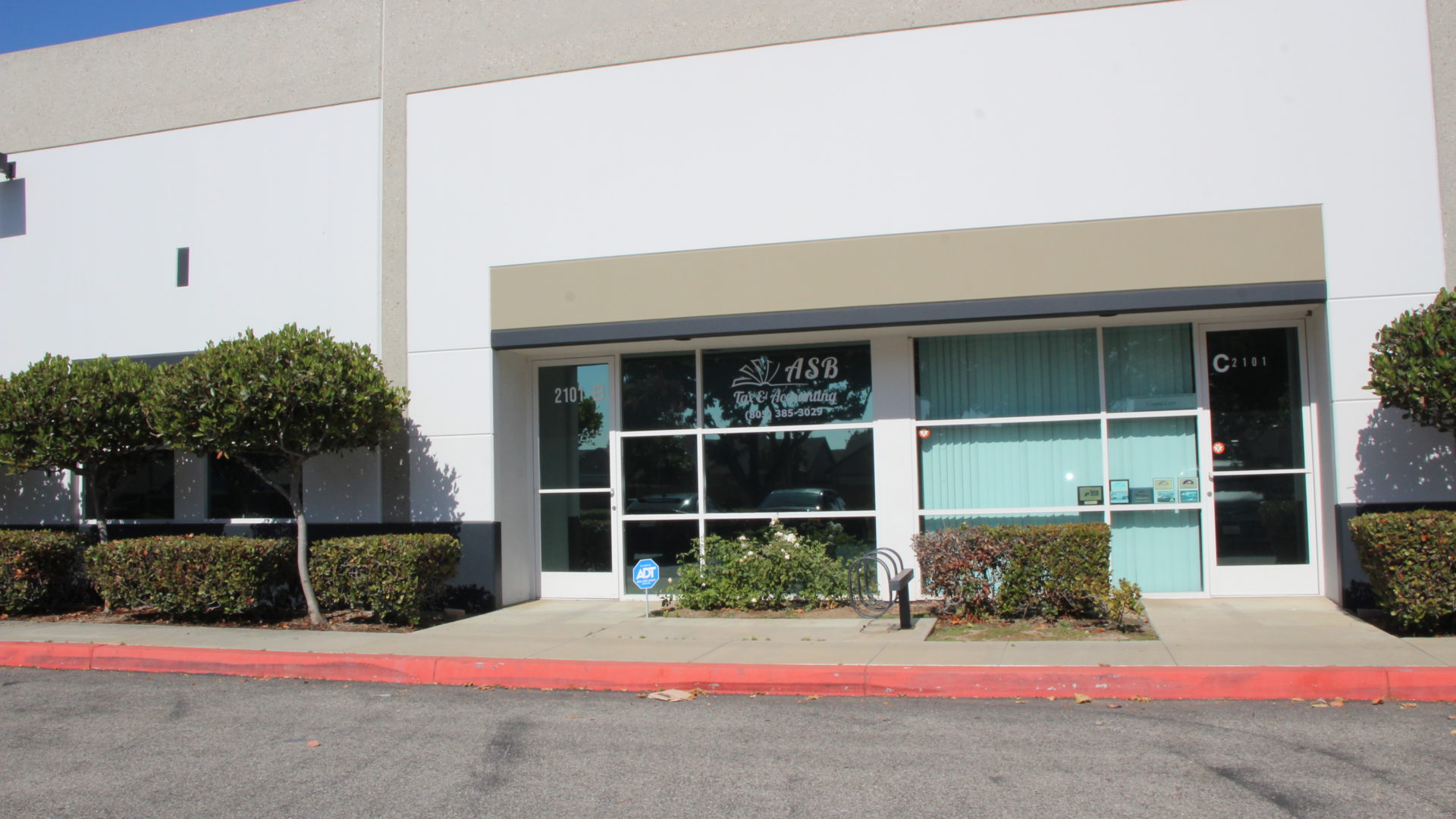The Difference Between Saving and Investing
Understanding the difference between saving and investing is crucial for effectively managing your personal finances and achieving your financial goals. While both concepts are related to money management, they have distinct purposes, risks, and benefits. In this article, we’ll explore in detail what it means to save and invest, and how you can use both to improve your financial well-being.
Saving refers to the practice of setting aside a portion of your income for future use. This money is kept in easily accessible, low or no-return accounts, such as savings accounts, checking accounts, or even cash. The primary purpose of saving is to have funds available for emergencies or unexpected expenses and for short-term goals. Saving is a way to ensure that you have money on hand for immediate needs without having to incur debt. Additionally, it is an excellent way to build an emergency fund, which is essential for financial stability.
On the other hand, investing involves putting your money into financial products with the expectation of earning a return higher than that of a savings account. Investments can include stocks, bonds, mutual funds, real estate, and more. Unlike saving, investing carries a higher risk, as the value of investments can fluctuate, and there is no guarantee of profit. However, over the long term, investments typically offer significant growth potential and can help you achieve long-term financial goals such as retirement, buying a house, or funding your children’s education.
One of the main differences between saving and investing is the level of risk involved. Saving is generally safe and guarantees capital preservation but offers low returns. Investments, although potentially volatile and risky, offer the possibility of higher returns. It is important to assess your risk tolerance and time horizon before deciding how much money to allocate to savings and how much to investments.
Saving is ideal for short-term goals and creating a financial cushion. For example, if you plan to buy a car in a year or need an emergency fund, saving is the best option. Investments, on the other hand, are more suitable for long-term goals. Investing allows you to take advantage of the power of compound interest, which can significantly grow your money over time.
A solid financial strategy involves balancing both saving and investing. Maintaining an emergency fund in a savings account is crucial for covering unexpected expenses without affecting your investments. At the same time, allocating a portion of your income to investments allows you to grow your wealth and achieve more ambitious financial goals.
Another important difference between saving and investing is liquidity. Saved money is generally more liquid, meaning you can access it quickly in case of need. Investments, on the other hand, may take longer to convert to cash, especially if they are long-term investments like real estate. Therefore, it is essential to have a mix of both to ensure you have access to funds in the short term while also working to increase your wealth over the long term.
Understanding the difference between saving and investing allows you to make more informed financial decisions. Saving is crucial for short-term security and stability, while investing is essential for long-term wealth growth. By combining both strategies, you can ensure you are prepared for any eventuality while working towards your long-term financial goals.

